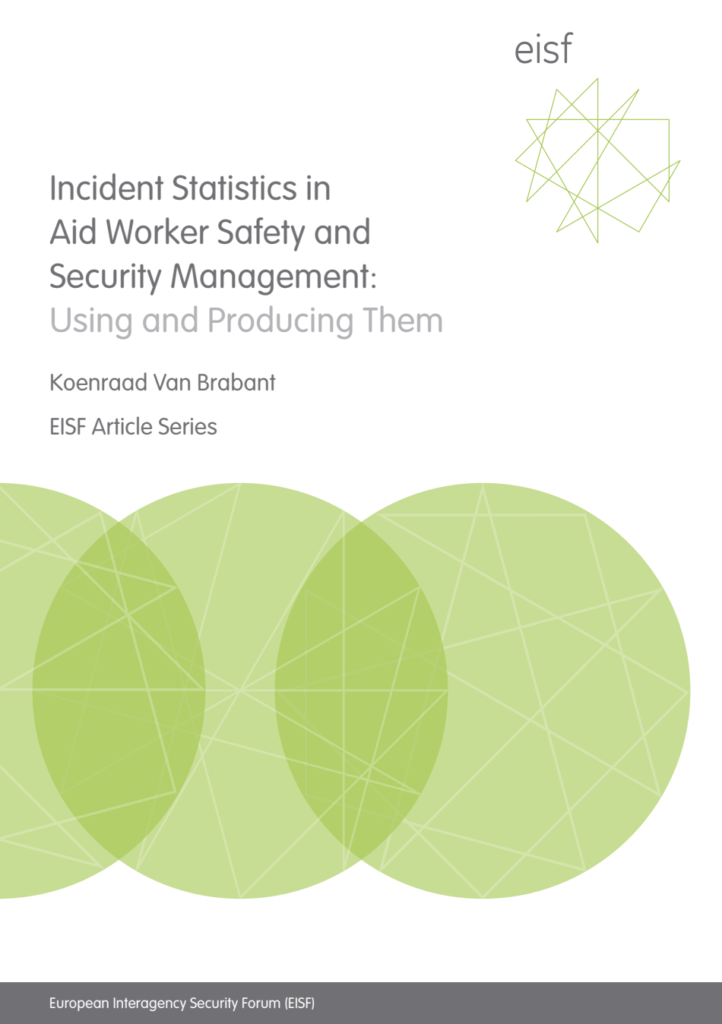Over the past decade we have seen the increased circulation of safety and security incident-related numbers and statistics. Incident statistics on safety and security are useful tools for organisations to provide them with information on the changing nature of threats, how incidents impact their organisation and how well they are managing the risks to which they are exposed. However, many organisations have difficulties with obtaining accurate and reliable incident information to enable statistics to be developed.
The huge variety of numbers and statistics that come to us from different sources, and the different pictures they seem to paint, have become quite bewildering. The purpose of this article, written by Koenraad van Brabant, is to provide guidance on how to use and produce incident statistics and analysis.
This article by Koenraad Van Brabant (2012) considers:
1. Why are incident statistics on safety and security important for aid organisations?
2. What should aid organisations keep in mind when considering and comparing different statistics?
3. Can aid agencies produce and contribute to relevant and good statistics, and if so, how?
